THE GOLDEN RULES OF SUN PROTECTION
Have you ever experienced the following scenario? It is a beautiful sunny day and all you want to do is enjoy every beam of sunshine possible. You apply sunscreen on all body parts that could possibly be exposed to sunlight and move on, feeling fully confident with sun protection to enjoy the sunny day. Coming home in the evening and having a look in the mirror tells you that your confidence in sunscreen only might not have been fully legitimate. You got sunburn even though you were sure you protected yourself. Yes, this has happened to us before as well. Sun protection is more than just applying sunscreen. Read on and you will learn all about the ten golden rules of effective sun protection.
1. Keep track of time and seek shade
Avoiding the sun during peak hours is key for not getting sunburned. Depending on how close to the equator you are, peak hours vary between 11 am to 4 pm. Keep in mind that direct sun exposure over prolonged periods of time is never healthy. It is important to seek shade whenever possible, especially during peak hours, but also before and after. To keep your child safe, never expose a baby up to 6 months to direct sunlight. Note that even in the shade you can get sunburned! The bright side to this is that you can also get tanned in the shade.
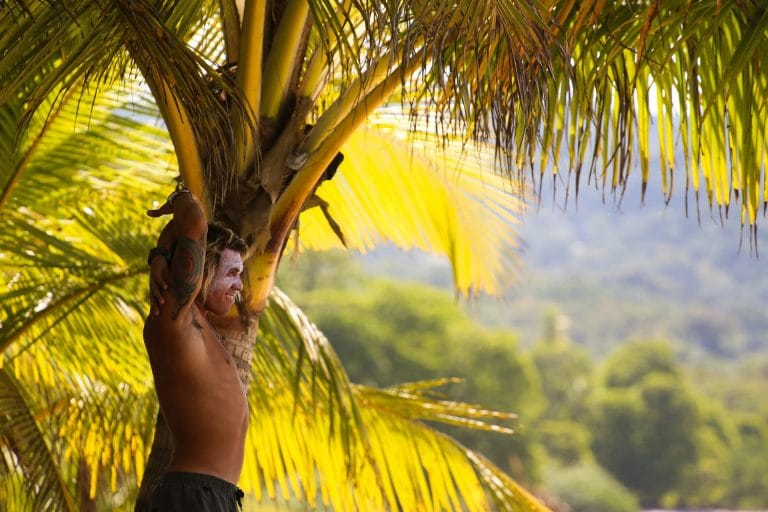
2. THE Sun Lover’s Shopping List
Actually, it’s UV radiation – not sunlight – that damages your skin. Even though we can’t see or feel them, UV rays reflect off surfaces like sand, water, and even glass. So while a leafy tree or shade sail will block some UV rays, others will bounce from those sunny areas to reach your skin. That’s why you should always use five protection measures: flowing clothing with long sleeves (covering your shoulders and your back), sunscreen, a hat, sunglasses and of course shade when possible.
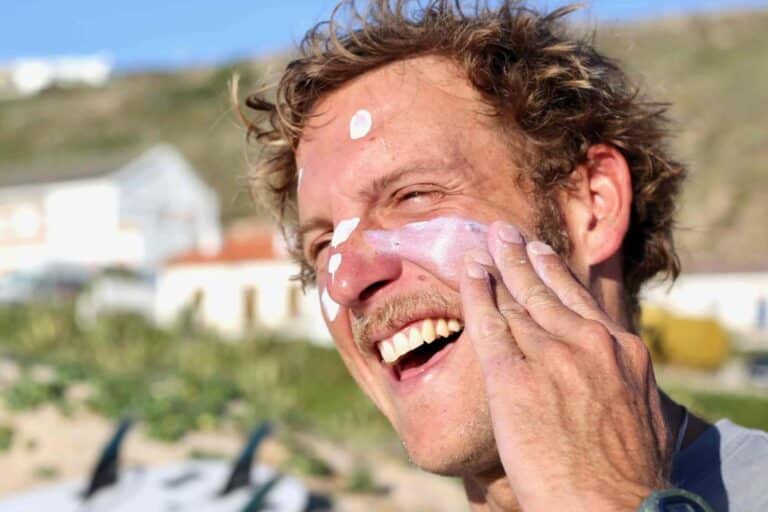
3. Choose Your Shade Wisely
When there’s no naturally shady places around, sunprotective clothing, a hat, a beach umbrellas and/or a beach tent can come in handy. Make sure to check the Ultraviolet Protection Factor (UPF) on the label. To create effective shade, the UPF should be at least 30. The UPF rating represents almost the same scale as the SPF rating, e.g. UPF 35 blocks 97.4% of UV radiation while SPF 30 blocks 97% of UVB rays. The good thing: the UPF rating refers to both UVA and UVB protection. More tightly knit and thicker garments allow less UV radiation to reach the skin, however this effect is reduced to a great extent when the garment becomes wet.
4. Make Sure You're Still Protected
Reapply sunscreen after swimming or drying yourself with a towel. When you are using a day cream with SPF, make sure you reapply as well. All non-visible SPF products need to be reapplied every two hours at the latest to ensure you are still protected. The exception is our All Natural Zinc Sunscreens for Face & Sport. Using them, you are protected as long as you can see a visible layer.
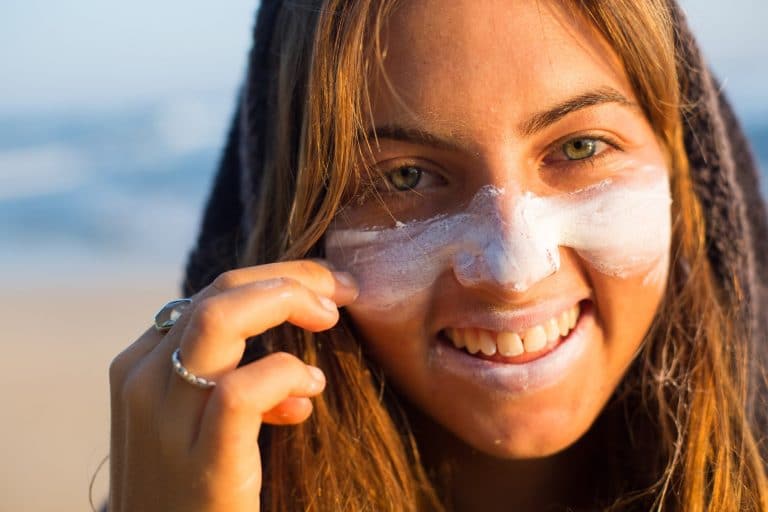
5. Be Careful at High Altitudes
When you are out skiing or snowboarding in the winter, know that snow is highly reflective of UV rays. On a sunny day with clean and fresh snow, UV radiation can be reflected off snow-covered surfaces up to 90 % percent. This means that you can be exposed to almost a double dose of UV as you would be exposed to without the snow.
When you are enjoying your summer holiday at the ocean, consider that water reflects up to 10 % of UV rays, while sand and seafoam reflect 15 % and 25 % of UV respectively.
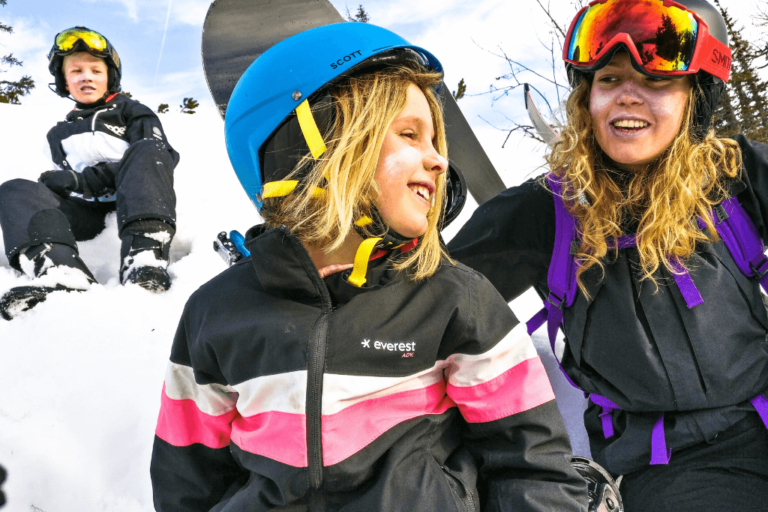
6. Be Careful in Highly Reflective Environments
When going for a skiing trip, it’s not only the snow that should make you extra careful but also the altitude. Since the atmosphere is thinner at high altitudes, less UV radiation is being absorbed and therefore the UV intensity increases by about 10 – 12 % for every 1000-meter increase in altitude. Therefore, make sure to reapply sunscreen more often when being in the mountains.
7. Wear Sunscreen on Cloudy Days Too
Do not be fooled by a cloudy day. Even if the sky is covered with clouds, up to 80% of the UV radiation still reaches the Earth’s surface. While there may be some clouds absorbing sunlight, thin or light clouds may even enhance UV levels because of the scattering of sun rays and therefore increase the possibility of being harmed.
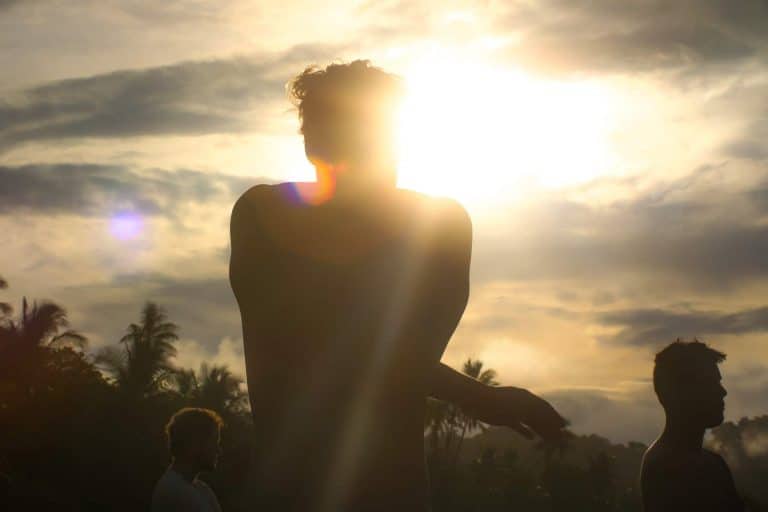
8. Don’t Stop Using Sunscreen Once You’re Tanned
A tan only equals a sun protection factor (SPF) of 3 to 4 and is, therefore, no real protection for your skin. Keep in mind that even when you are tanned UVA rays are still able to damage your skin even though they are invisible. Be aware that UV damage can happen at every age! Wear sunscreen even if you think “it’s too late to start now”. Skin cancer is a result of accumulated UV exposure during the course of your entire life. There is no such thing as “I won’t get skin cancer because I tan and don’t burn”.
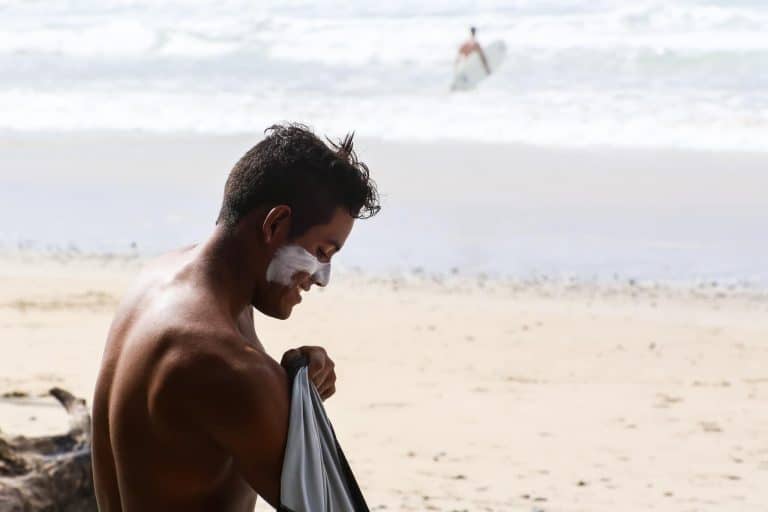
9. Know Your Skin Type
According to the FDA, there are 6 different skin types. All are classified by the amount of the pigment melanin in our skin, which is responsible for the tanning effect. They are determined by constitutional colour and the result of sun exposure (tanning). Knowing your skin type, therefore, requires experience, but you can use the table below to get an idea of what type of skin you might have.
This knowledge will help you to protect against sunburn considering your own personal needs and will enable you to give yourself the best care possible. Your skin might be rather pale white than dark brown and is therefore a lot more sensitive to sunburn, meaning it requires a lot more protection and care. Knowing your skin type will also enable your to prevent other damages done to your skin by UV, simply through being aware of your personal reaction to sunlight.
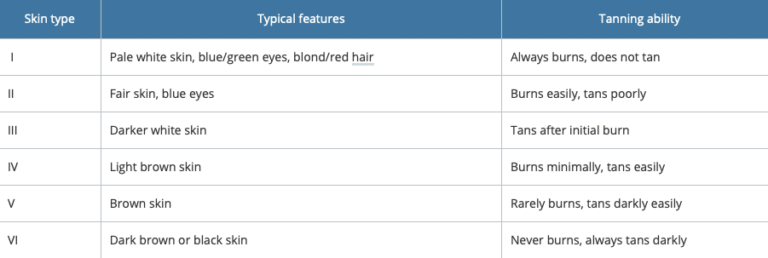
we're done!
As you can see, sun protection goes far beyond simply putting on sunscreen. Even though this is undoubtedly the first and very important step, protecting your skin requires care and awareness on more than one level. We hope you find these tips useful for staying safe in the sun! If you don’t already have a mineral sunscreen at hand, then have a look in our shop by following the link below. As an extra treat I’ll give you who read this far 10% off on all products in the store. Simply type in the “stayingsafe” in the coupon field in the checkout. Enjoy!
